Home>Gardening & Outdoor>Landscaping Ideas>What Kills Crabgrass In Lawns
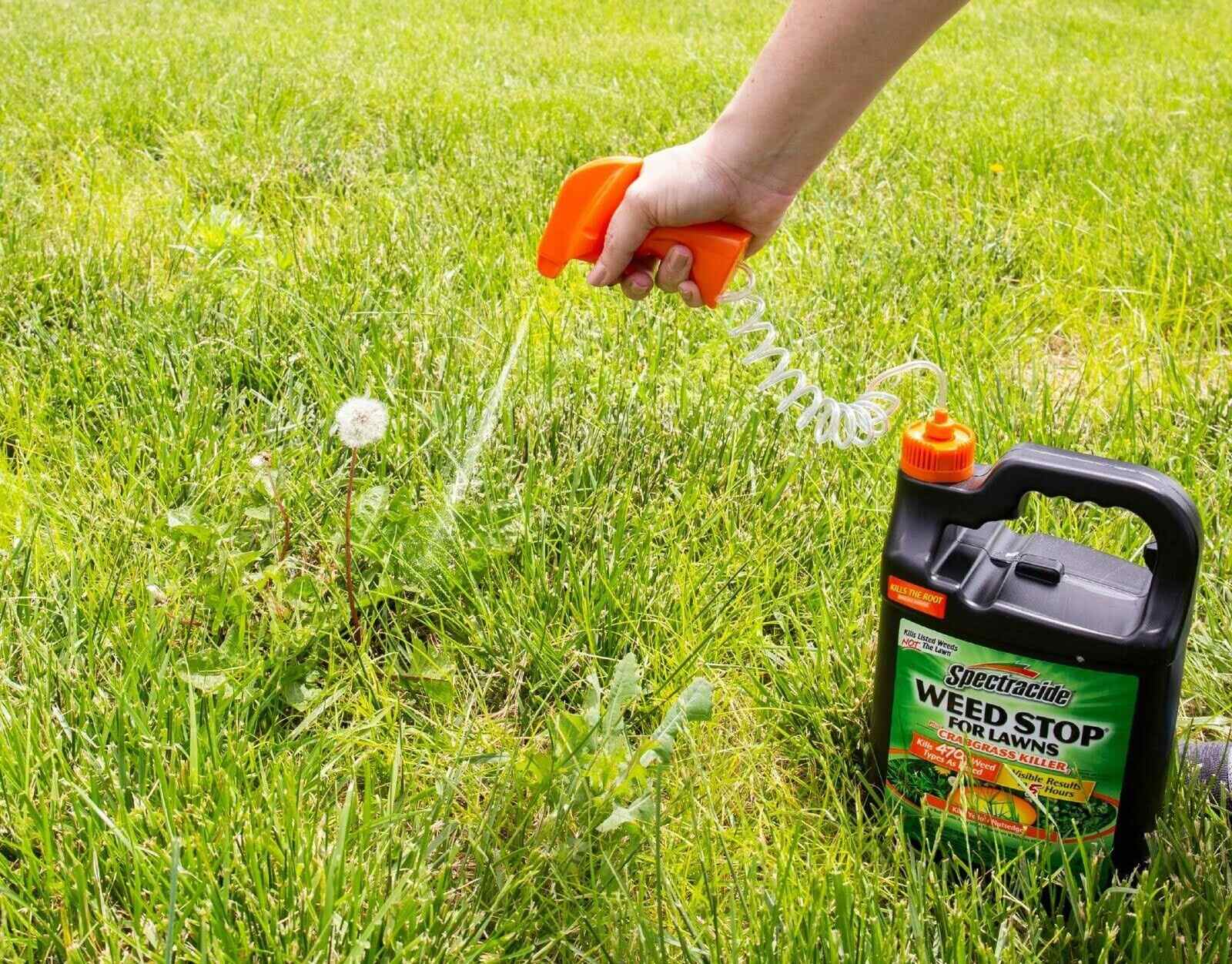

Landscaping Ideas
What Kills Crabgrass In Lawns
Modified: March 24, 2024
Learn effective landscaping ideas to kill crabgrass in lawns. Discover proven methods and products for a lush, weed-free yard.
(Many of the links in this article redirect to a specific reviewed product. Your purchase of these products through affiliate links helps to generate commission for Storables.com, at no extra cost. Learn more)
Introduction
Welcome to the perennial battle against crabgrass in lawns! If you've ever found yourself frustrated by the persistent presence of this unwelcome invader in your carefully-tended lawn, you're not alone. Crabgrass, with its tenacious nature, seems to thrive on adversity, making it a formidable foe for homeowners and gardeners alike.
In this comprehensive guide, we'll delve into the world of crabgrass, exploring its characteristics, the factors that contribute to its proliferation, and most importantly, effective strategies to eliminate it from your lawn. Whether you're a seasoned lawn care enthusiast or a novice gardener, understanding the nuances of crabgrass and learning how to combat it will empower you to reclaim the lush, green expanse of your lawn.
So, grab your gardening gloves and join us on a journey to discover the most effective methods for eradicating crabgrass and restoring the beauty of your lawn. Let's dive in and equip ourselves with the knowledge and tools needed to win the battle against crabgrass once and for all.
Key Takeaways:
- Say goodbye to crabgrass by promoting a healthy lawn through regular mowing, watering, and fertilization. Preventive measures like pre-emergent herbicides and overseeding can keep crabgrass at bay.
- Combat crabgrass with a multi-pronged approach: hand-pulling, targeted herbicides, and natural remedies like corn gluten meal. Integrated pest management principles ensure long-term, sustainable weed management.
Read more: How To Kill Crabgrass In Your Lawn
Understanding Crabgrass
Before we can effectively combat crabgrass, it's essential to understand the adversary we're facing. Crabgrass, scientifically known as Digitaria, is an annual weed that plagues lawns and gardens with its rapid growth and invasive tendencies. This resilient plant thrives in warm, sunny conditions and can quickly overtake areas of sparse or weakened turf, creating unsightly patches in an otherwise well-maintained lawn.
One of the key characteristics that sets crabgrass apart is its low-growing, sprawling nature, which allows it to smother surrounding grass and plants. Its ability to produce copious amounts of seeds further contributes to its pervasive presence, as these seeds can remain viable in the soil for several years, ready to germinate and perpetuate the cycle of infestation.
Crabgrass is known for its adaptability and resilience, thriving in compacted soil, areas with poor drainage, and even in the aftermath of drought or other environmental stressors. Its aggressive growth habit and rapid spread make it a formidable opponent in the quest for a pristine lawn.
Understanding the life cycle of crabgrass is crucial for devising effective eradication strategies. Typically, crabgrass seeds germinate in the spring when soil temperatures reach a certain threshold, and the plant grows vigorously throughout the summer, setting the stage for a new generation of seeds before succumbing to the first frosts of autumn.
Armed with this knowledge of crabgrass's characteristics and behavior, we can now explore various methods to prevent its growth and, if necessary, eliminate existing infestations from our lawns.
Preventing Crabgrass
Prevention is often the most effective strategy when it comes to dealing with crabgrass. By implementing proactive measures to create an environment that is inhospitable to this persistent weed, you can significantly reduce the likelihood of an infestation taking hold in your lawn.
One of the fundamental principles of preventing crabgrass is to promote the health and density of your lawn. A lush, vigorously growing turf acts as a natural deterrent to weed encroachment, including crabgrass. Regular mowing at the appropriate height for your grass variety, adequate watering, and proper fertilization all contribute to the overall health and resilience of your lawn, making it less susceptible to invasive weeds.
Timing is crucial when it comes to preventing crabgrass. Applying pre-emergent herbicides in early spring, before the soil temperature reaches the threshold for crabgrass germination, can be an effective preventive measure. These herbicides create a barrier in the soil, inhibiting the germination of crabgrass seeds and thwarting its establishment in your lawn.
Another preventive tactic is to address any bare or thin areas in your lawn promptly. Crabgrass thrives in areas where the turf is sparse, so overseeding these areas to promote a dense, uniform lawn can help prevent crabgrass from gaining a foothold.
Furthermore, maintaining a consistent mowing schedule and avoiding excessively close cutting can help shade the soil, reducing the likelihood of crabgrass seeds germinating and establishing themselves. Additionally, ensuring proper soil drainage and aeration can contribute to a healthier lawn and discourage the growth of crabgrass.
By adopting these preventive measures and staying attentive to the health and density of your lawn, you can create an environment that is less conducive to crabgrass infestation, ultimately reducing the need for more intensive eradication efforts in the future.
Mechanical Removal
When faced with existing crabgrass infestations, mechanical removal can be a practical and effective method for eradicating this persistent weed from your lawn. This approach involves physically uprooting the crabgrass plants, either by hand or using specialized tools, to eliminate them from the turf.
Hand pulling is a straightforward yet labor-intensive method of mechanical removal. It is best suited for smaller infestations or isolated patches of crabgrass. To hand pull crabgrass effectively, it is crucial to grasp the plants as close to the soil line as possible and gently but firmly pull them, ensuring that the entire root system is removed. This prevents regrowth and minimizes the chances of seeds being dispersed, which could lead to future infestations.
For larger infestations or when hand pulling is impractical, using a dandelion weeder or similar tool can streamline the process of removing crabgrass. These tools allow for targeted extraction of individual plants, making it easier to eliminate crabgrass while minimizing disruption to the surrounding turf.
After mechanical removal, it is essential to fill any resulting gaps in the turf to prevent the reestablishment of crabgrass. Overseeding these areas with appropriate grass seed and ensuring proper watering and care can help restore the uniformity of the lawn and prevent opportunistic weeds from taking hold.
While mechanical removal can be effective, it is important to note that this method may not completely eliminate all crabgrass plants, especially if the infestation is extensive. Additionally, care must be taken to avoid disturbing the surrounding turf during the removal process, as this could create opportunities for other weeds to invade the area.
When used in conjunction with other control methods, such as preventive measures and targeted herbicide applications, mechanical removal can play a valuable role in reducing crabgrass populations and restoring the health and beauty of your lawn.
Applying a pre-emergent herbicide in early spring before crabgrass seeds germinate can help prevent it from growing in your lawn. Make sure to follow the instructions on the product label for best results.
Chemical Control
Chemical control methods offer an effective approach to combatting crabgrass infestations, particularly in larger lawns or areas with extensive weed populations. Selective herbicides formulated specifically for targeting crabgrass can be valuable tools in reclaiming your lawn from this invasive weed.
Pre-emergent herbicides, applied before crabgrass seeds germinate, form a barrier in the soil that inhibits seedling development, effectively preventing new plants from emerging. These products are best applied in early spring, prior to the soil reaching the optimal temperature for crabgrass germination. By disrupting the germination process, pre-emergent herbicides help curtail the establishment of new crabgrass plants, contributing to long-term control.
Post-emergent herbicides are designed to target actively growing crabgrass plants. These products can be effective in eliminating existing infestations, but care must be taken to apply them selectively to avoid harming desirable turf grasses. Selective post-emergent herbicides are formulated to target crabgrass while minimizing impact on surrounding grass species, making them a valuable tool for targeted control.
When using herbicides for crabgrass control, it is essential to follow the manufacturer’s instructions carefully, paying close attention to application rates, timing, and safety precautions. Additionally, consider weather conditions when applying herbicides to ensure optimal efficacy and minimize potential drift or runoff.
While chemical control methods can be highly effective, it is important to approach their use judiciously and consider potential environmental impacts. Integrated pest management (IPM) principles emphasize the importance of combining chemical control with other strategies, such as preventive measures and cultural practices, to achieve comprehensive and sustainable weed management.
By leveraging the targeted capabilities of selective herbicides and adhering to best practices for their application, you can effectively reduce crabgrass infestations and reclaim the health and beauty of your lawn, creating an environment where desirable grasses can thrive while minimizing the presence of invasive weeds.
Read more: How To Kill Crabgrass
Natural Remedies
For those seeking alternative approaches to crabgrass control, natural remedies offer environmentally friendly and often cost-effective methods for managing infestations without the use of synthetic chemicals. These remedies harness the power of natural ingredients and cultural practices to suppress crabgrass and promote the health of your lawn.
One natural approach to crabgrass management involves the use of corn gluten meal, a byproduct of corn processing that contains compounds known to inhibit weed seed germination. When applied at the appropriate time in the spring, corn gluten meal can act as a pre-emergent herbicide, preventing crabgrass seeds from sprouting and establishing in the soil. This natural product provides a sustainable and non-toxic alternative to synthetic herbicides for preventing crabgrass infestations.
Maintaining proper lawn care practices, such as adequate watering, mowing at the correct height, and regular fertilization, can also contribute to the suppression of crabgrass. A healthy, dense turf is better equipped to outcompete weeds, including crabgrass, reducing the likelihood of infestations taking hold.
Additionally, cultural practices such as overseeding thin or bare areas of the lawn with high-quality grass seed can help promote a uniform turf, minimizing opportunities for crabgrass to establish itself. By fostering a robust and vigorous lawn, you create an environment that is less hospitable to invasive weeds.
Hand weeding, while labor-intensive, remains a natural and effective method for removing crabgrass from your lawn. By carefully uprooting the plants and ensuring the complete removal of their root systems, you can prevent regrowth and minimize the spread of seeds, contributing to long-term control of the infestation.
Utilizing natural remedies for crabgrass control aligns with sustainable and eco-conscious lawn care practices, offering a holistic approach to weed management that prioritizes the health of your lawn and the surrounding environment. By integrating these natural methods into your lawn care routine, you can effectively suppress crabgrass and nurture a thriving, resilient turf without relying on synthetic chemicals.
Conclusion
Congratulations on embarking on the journey to understand and combat crabgrass in your lawn. By gaining insight into the characteristics and behaviors of this persistent weed, as well as exploring effective control methods, you have taken a significant step toward reclaiming the beauty and health of your turf.
Crabgrass, with its tenacious nature and rapid growth, presents a formidable challenge for homeowners and gardeners. However, armed with the knowledge and strategies outlined in this guide, you are well-equipped to address and manage crabgrass infestations effectively.
Prevention emerges as a cornerstone of successful crabgrass control, emphasizing the importance of promoting the overall health and density of your lawn. By implementing preventive measures such as proper lawn care practices, timely overseeding, and the strategic application of pre-emergent herbicides, you can create an environment that is less hospitable to crabgrass, reducing the likelihood of infestations.
When faced with existing crabgrass populations, a multifaceted approach that includes mechanical removal, chemical control, and natural remedies can yield effective results. Hand pulling or using specialized tools for mechanical removal, targeted herbicide applications, and the integration of natural methods offer diverse options for managing crabgrass infestations based on your preferences and the scale of the problem.
It is essential to approach crabgrass control holistically, considering the long-term health and resilience of your lawn. Integrated pest management principles emphasize the value of combining multiple strategies, such as preventive measures, cultural practices, and selective herbicide applications, to achieve comprehensive and sustainable weed management.
By adopting a proactive and informed approach to crabgrass control, you can create an environment where your lawn thrives, free from the encroachment of invasive weeds. Whether you choose to implement preventive measures, leverage mechanical removal, utilize targeted herbicides, or embrace natural remedies, your efforts will contribute to the restoration of a lush, vibrant lawn that enhances the beauty of your outdoor space.
As you embark on your crabgrass control journey, remember that persistence and consistency are key. With dedication and a strategic approach, you can overcome the challenges posed by crabgrass and enjoy a healthy, weed-free lawn that becomes a source of pride and enjoyment for years to come.
Frequently Asked Questions about What Kills Crabgrass In Lawns
Was this page helpful?
At Storables.com, we guarantee accurate and reliable information. Our content, validated by Expert Board Contributors, is crafted following stringent Editorial Policies. We're committed to providing you with well-researched, expert-backed insights for all your informational needs.
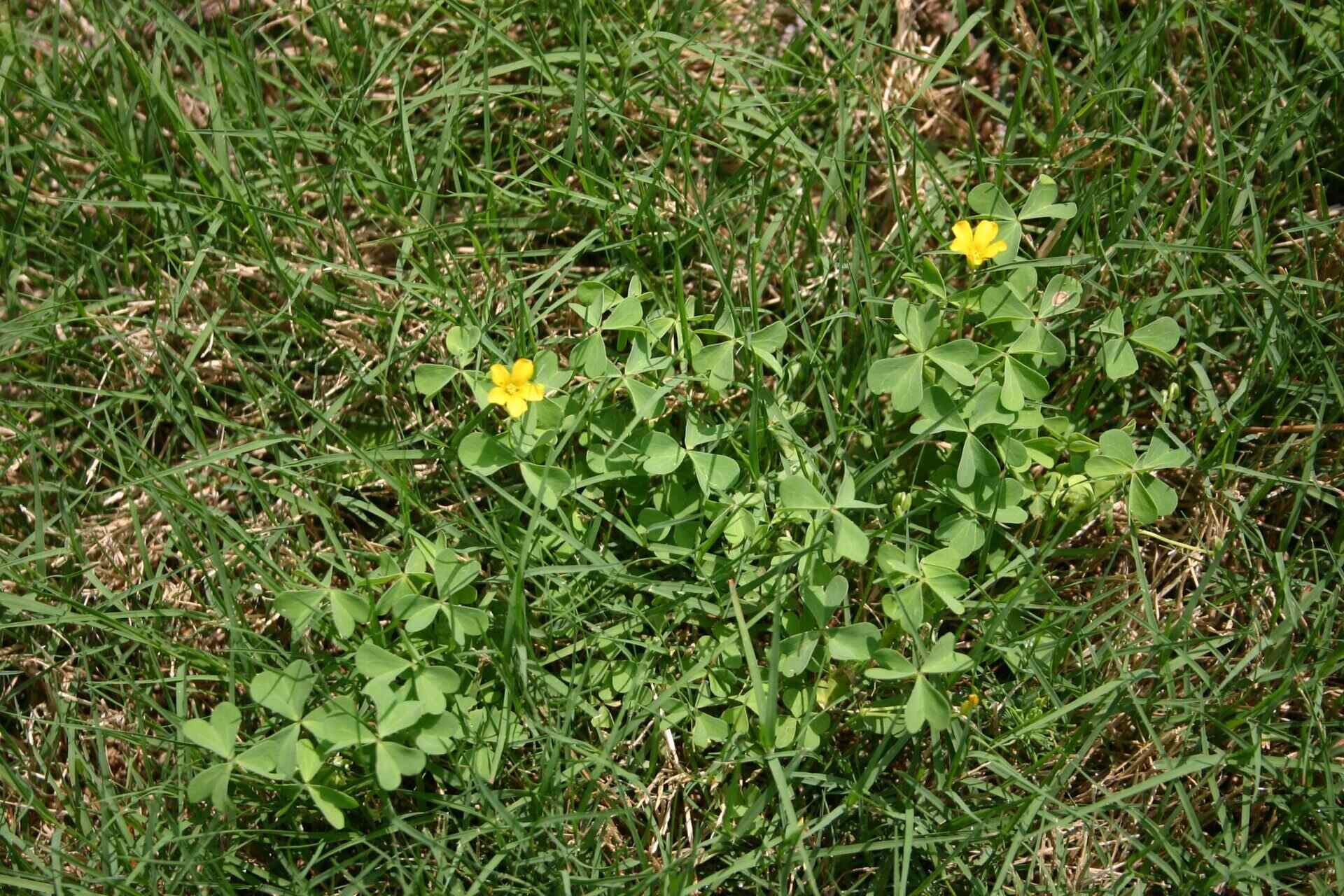
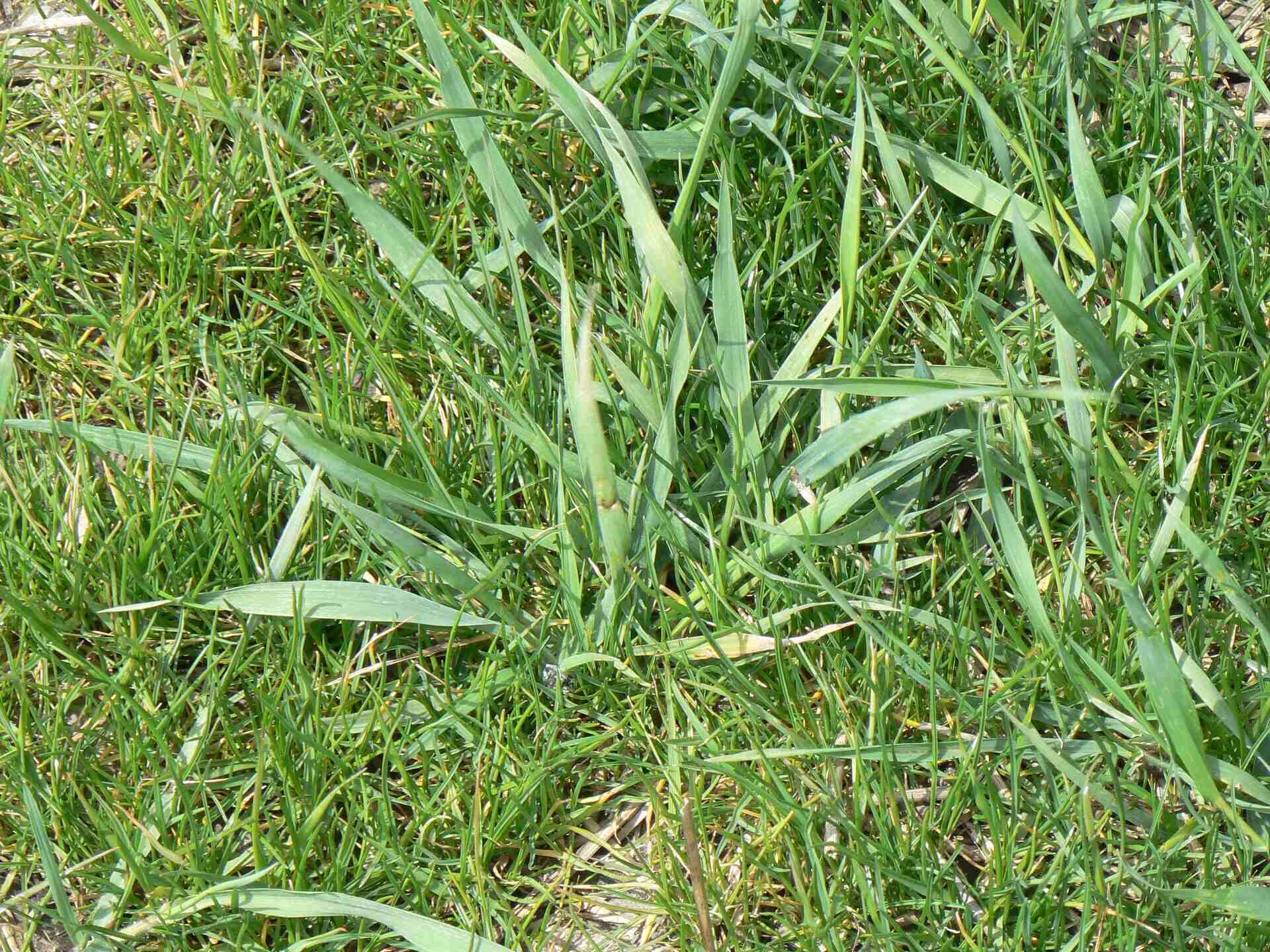
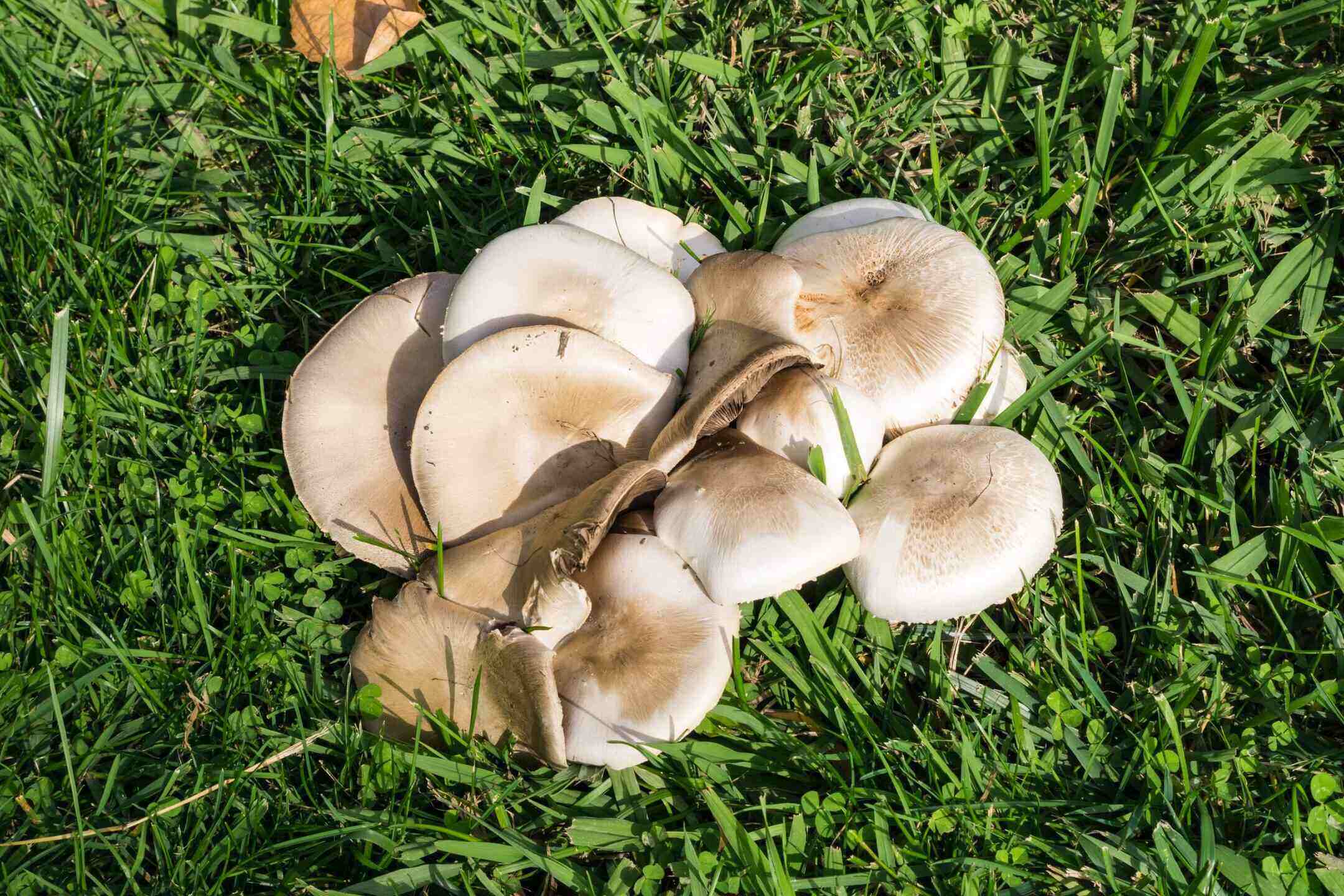
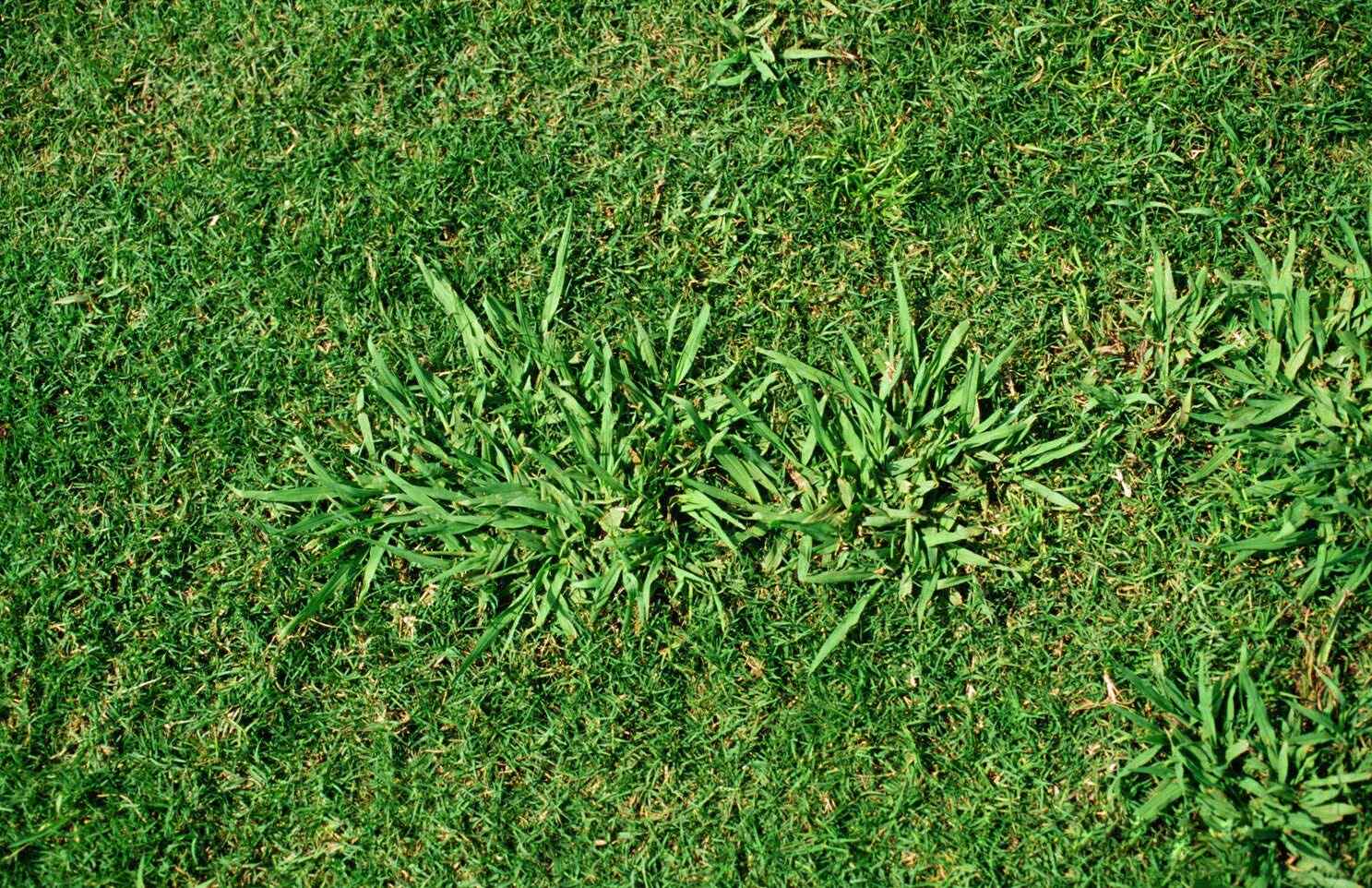
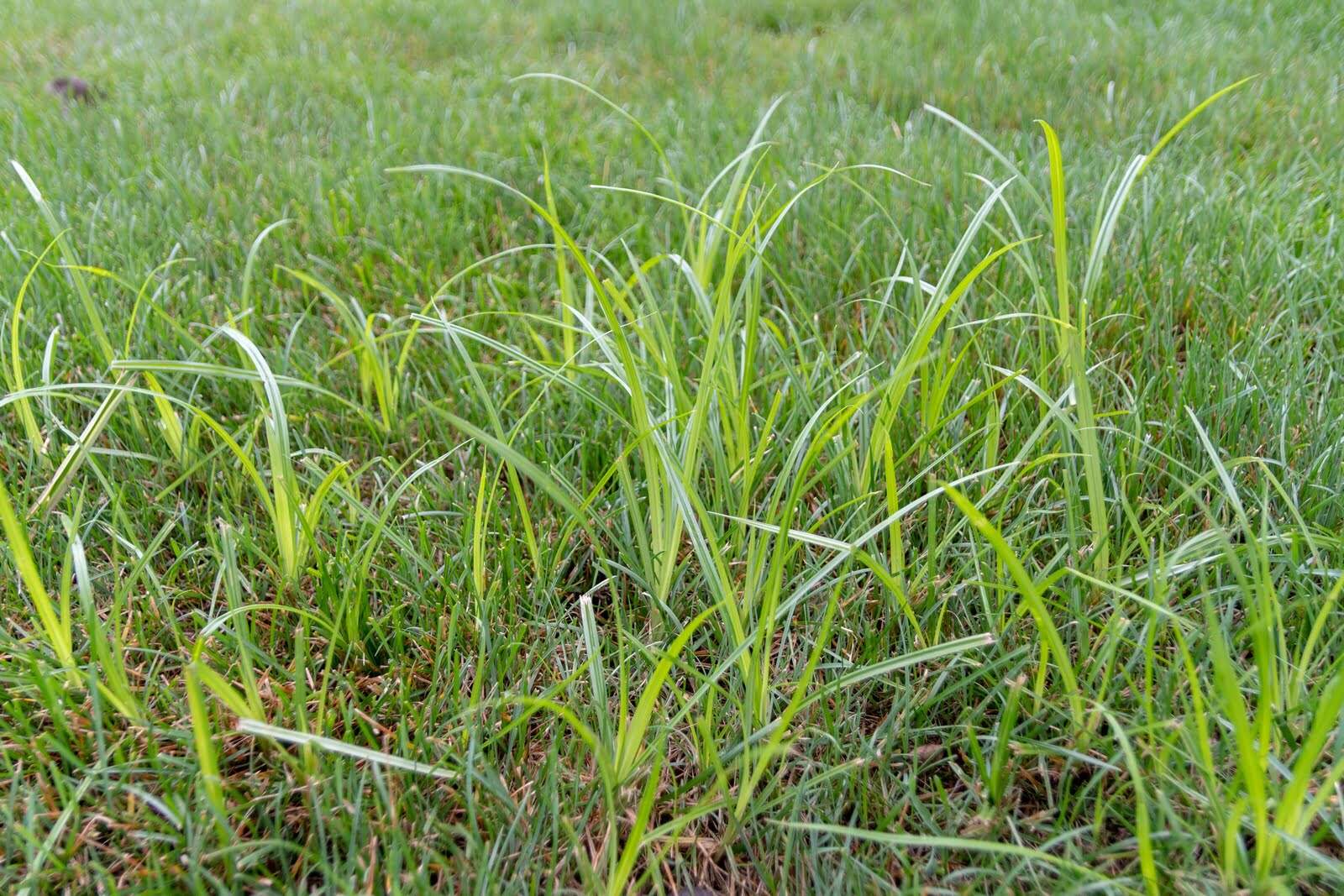
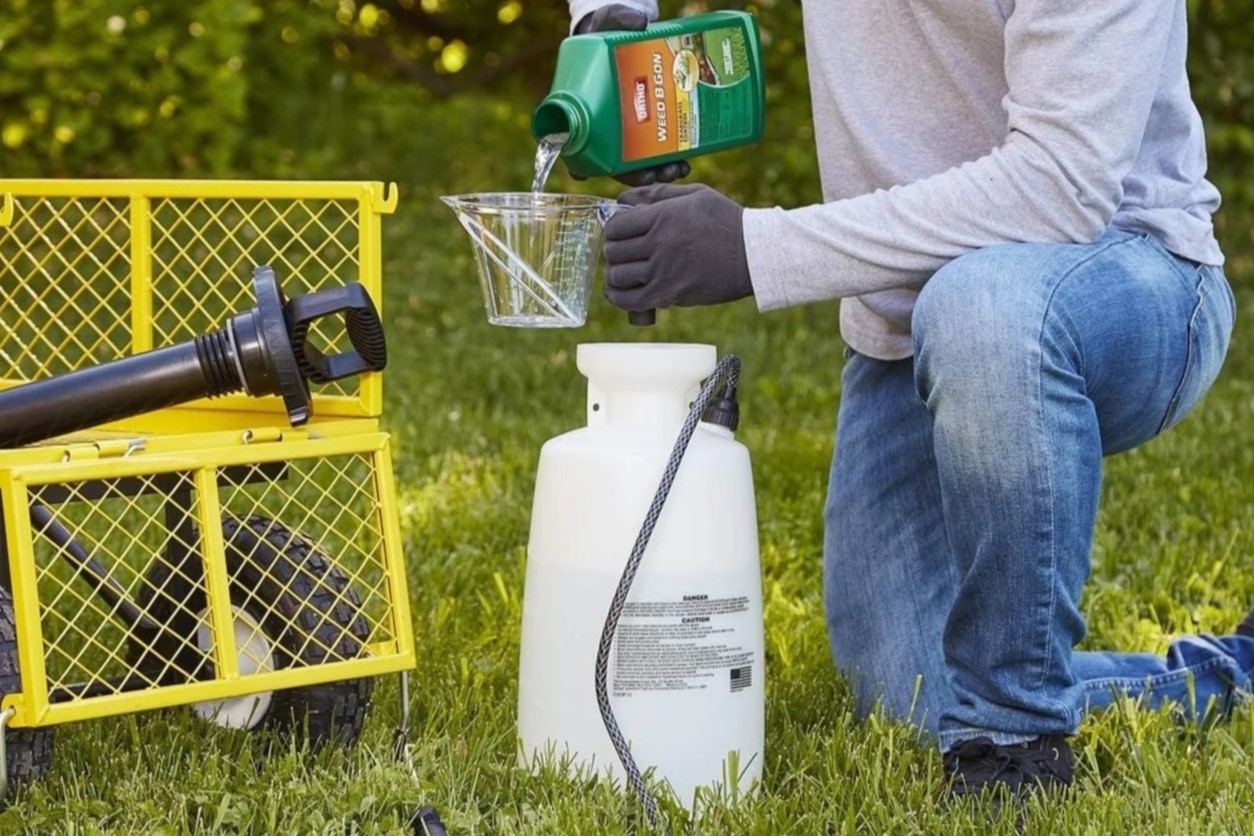
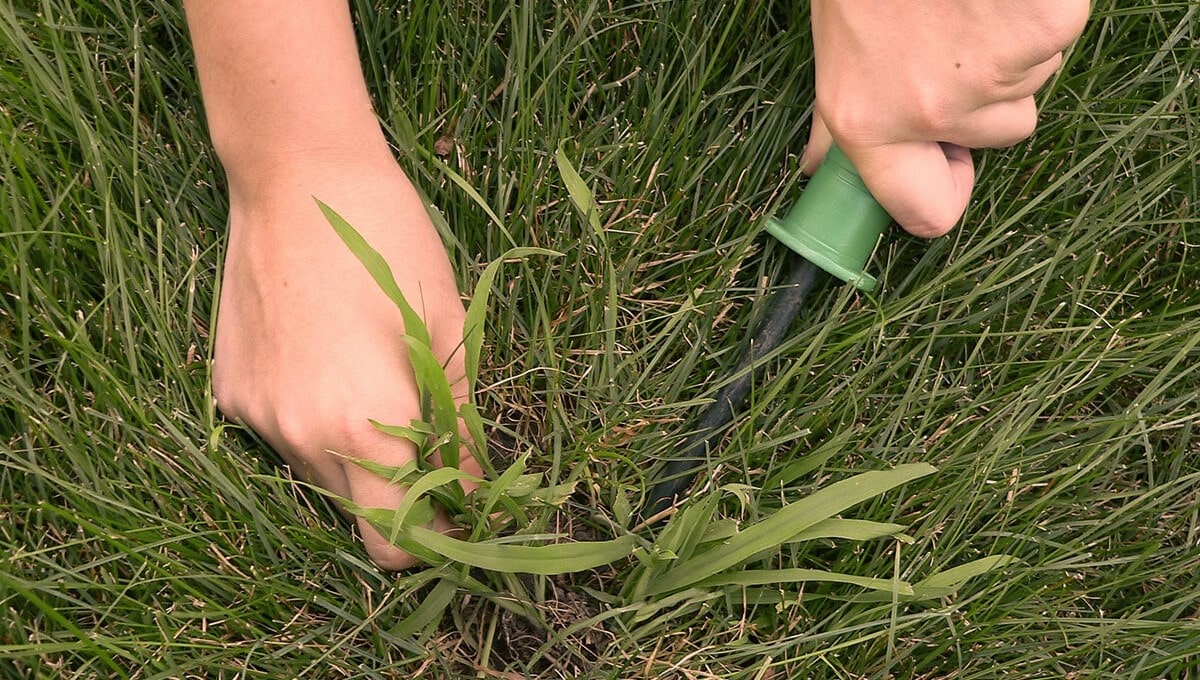
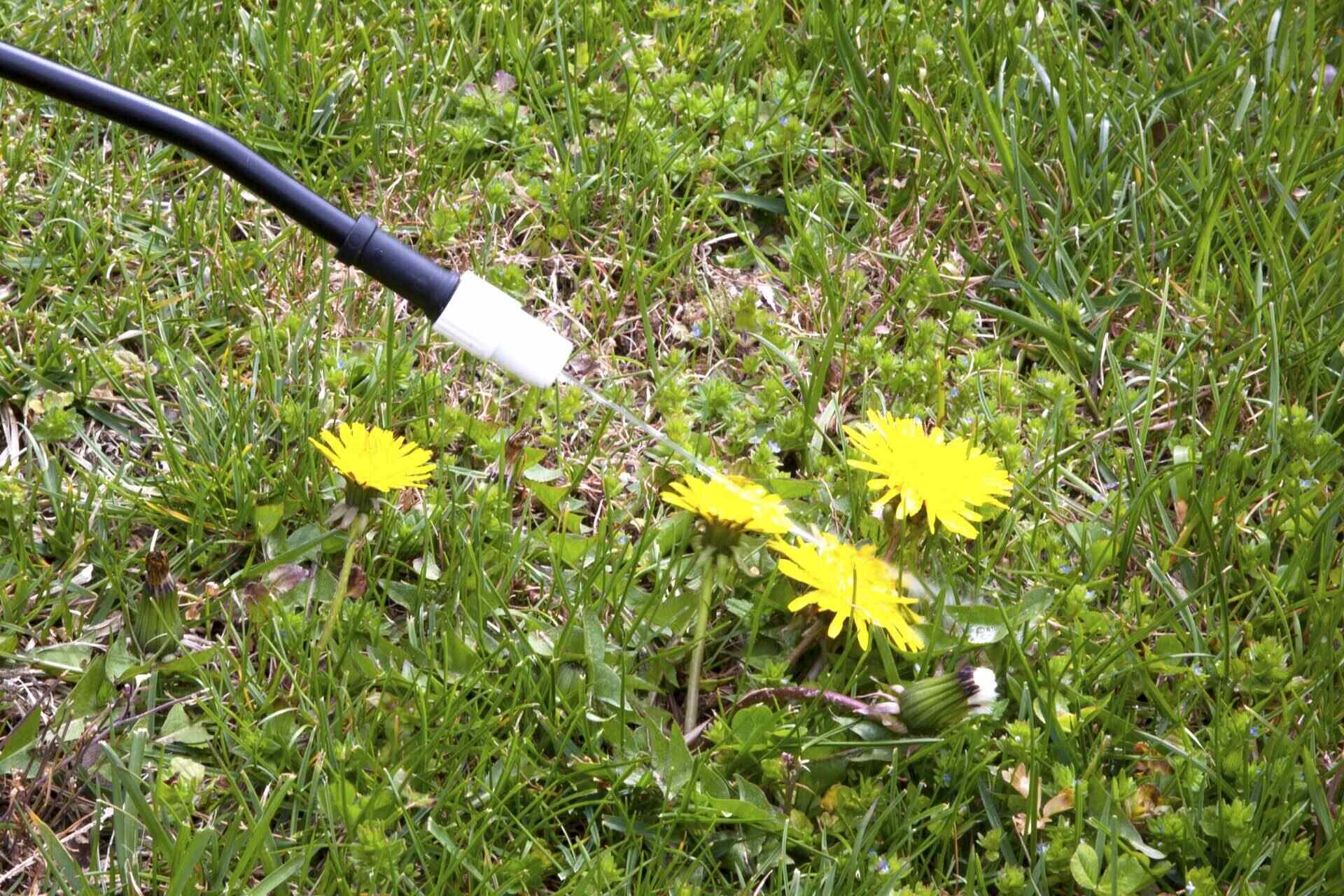
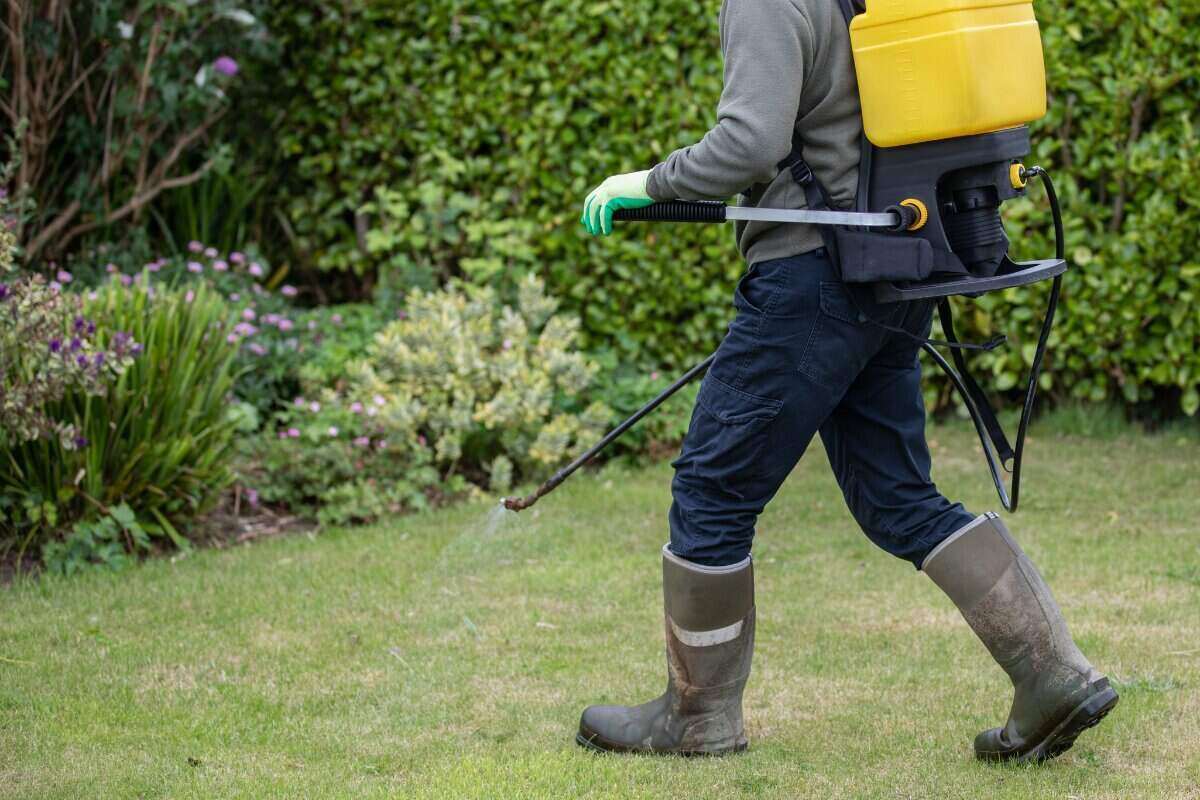
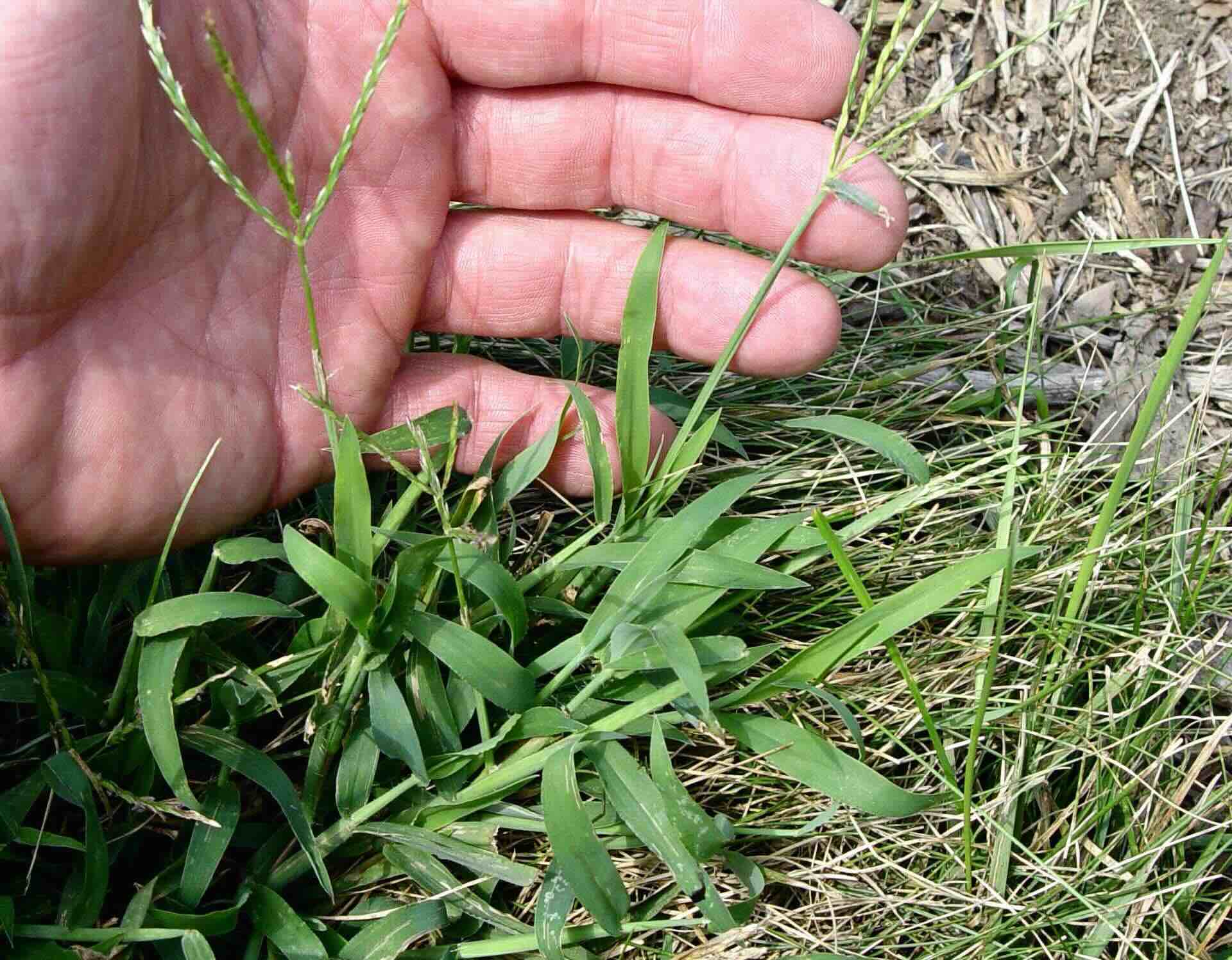
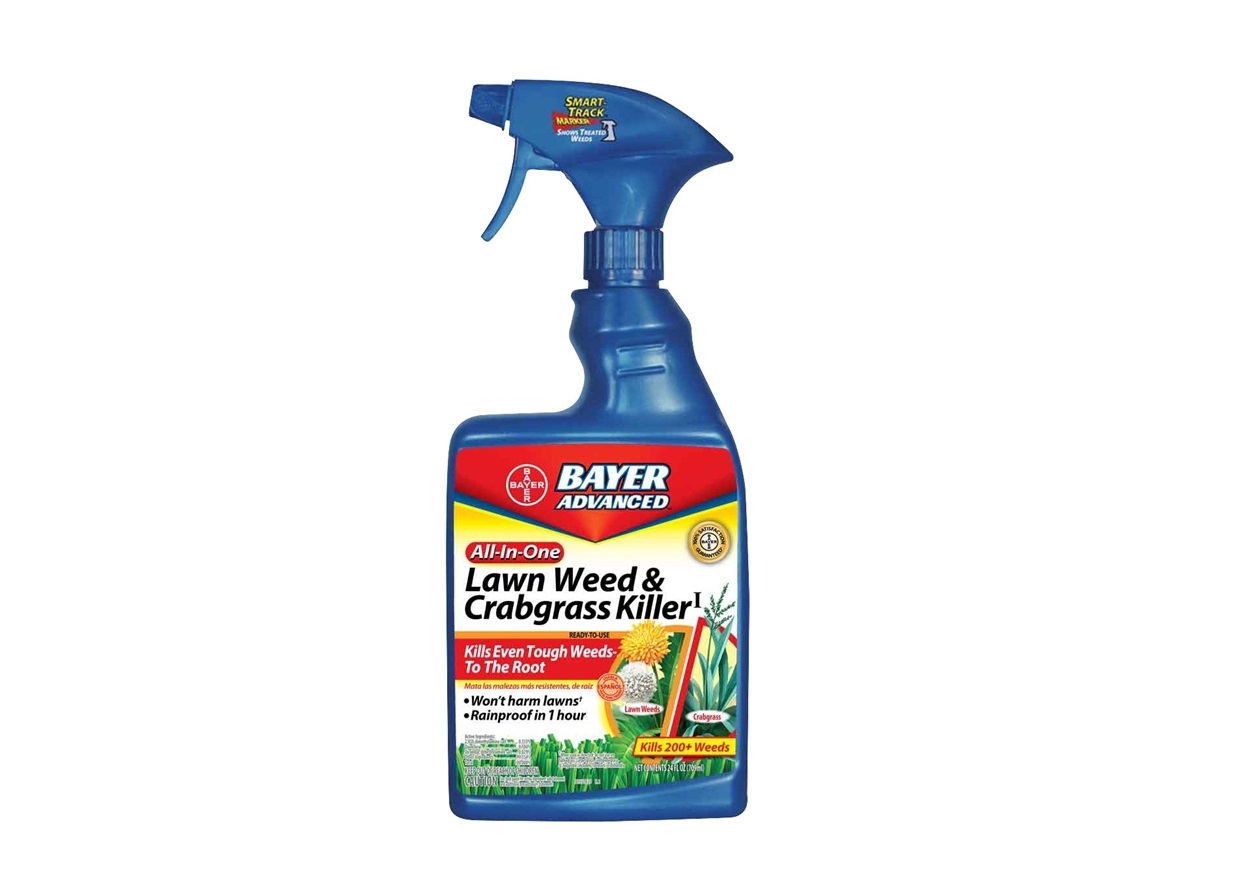

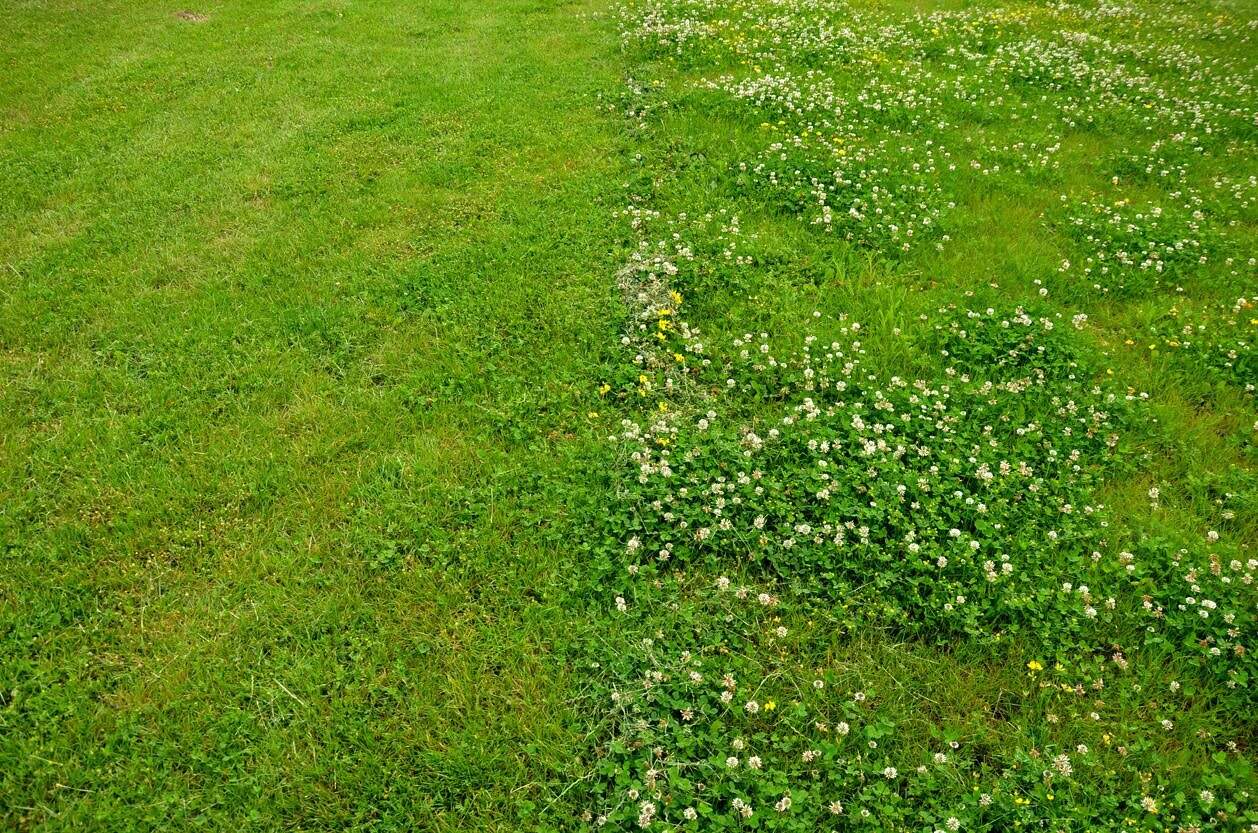
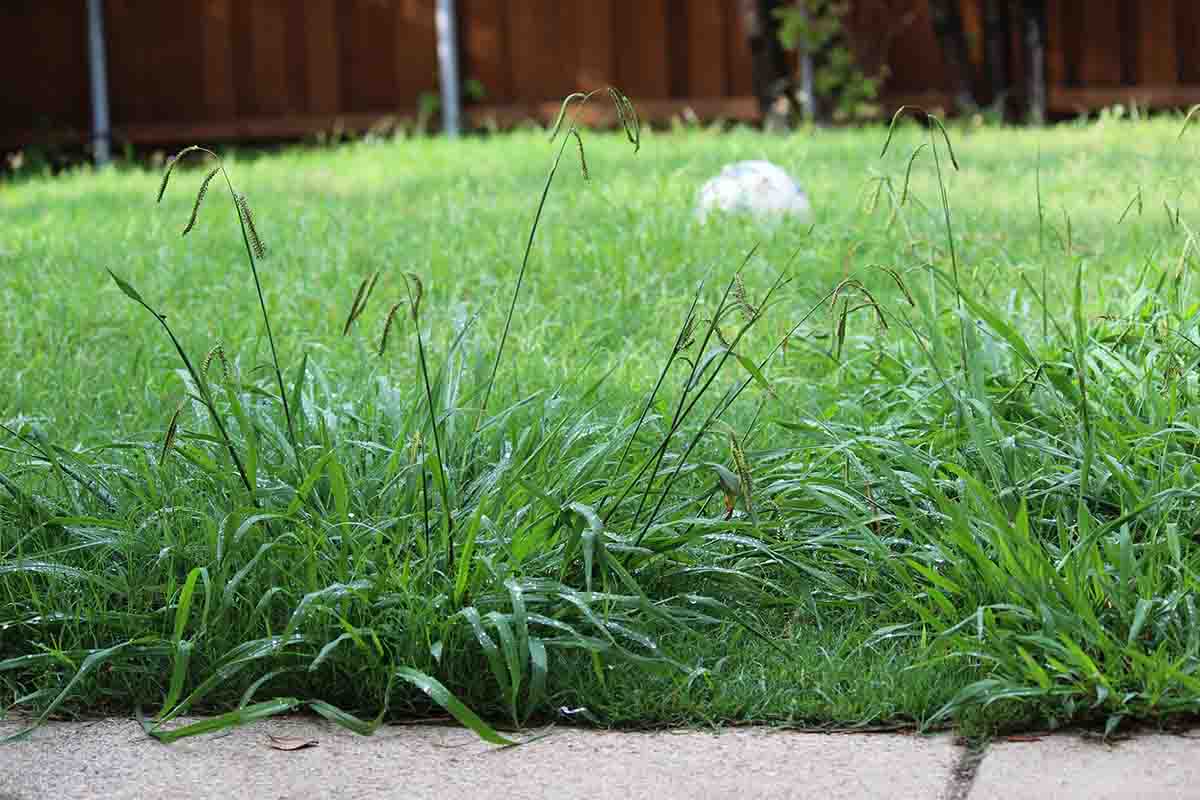

0 thoughts on “What Kills Crabgrass In Lawns”